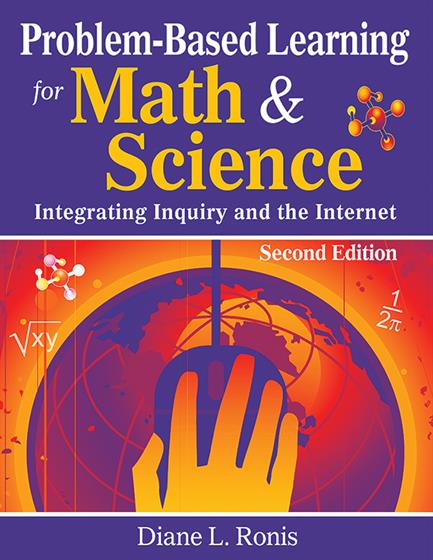Hands-on, Practical Guidance for Educators
From math,
literacy, science, equity, multilingual learners, and SEL, to assessment, school counseling,
and education leadership, our books are research-based and authored by experts
on topics most relevant to what educators are facing today.

Problem-Based Learning for Math & Science
Increase students' skills and content retention in math and science!
Learn how to use the problem-based learning (PBL) approach to strengthen learners' problem-solving skills as they actively explore and resolve authentic problem simulations and student-identified problems in the community. Updated throughout, this second edition illustrates how to use the PBL inquiry process with Internet resources to help students learn in an integrated, real-world instructional environment, and also provides:
- Problem-based learning activities relating to math and science in each chapter
- Projects that correlate to national science, mathematics, and technology standards
- Student handouts, evaluation forms, and all the information necessary for successful project completion
- Grade Level: PreK-12
- ISBN: 9781412955591
- Published By: Corwin
- Year: 2007
- Page Count: 176
- Publication date: September 12, 2007

